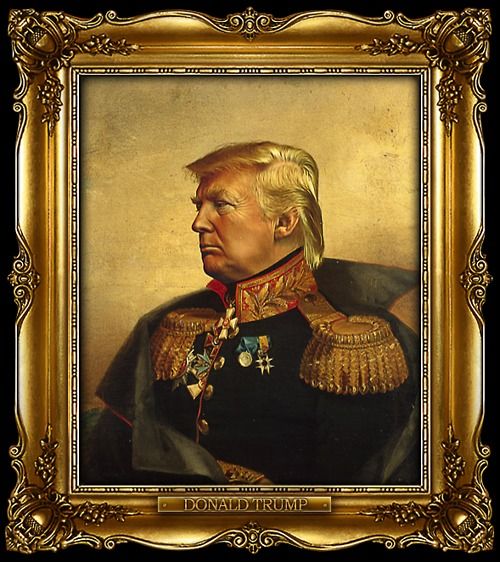Il Duce for the 21st century
 In Anne Applebaum’s minutely observed piece in The Atlantic, there is an astute analysis of old newsreel clips of Benito Mussolini, the dictator of Italy from 1925 to 1945. And reasons are offered for why they’re relevant today.
In Anne Applebaum’s minutely observed piece in The Atlantic, there is an astute analysis of old newsreel clips of Benito Mussolini, the dictator of Italy from 1925 to 1945. And reasons are offered for why they’re relevant today.
Ms Applebaum focusses on “the imagery. The staged entrances. The gesticulation, the posturing, the arms raised in salute. The beautiful backdrops, the flags hanging from the ancient stone buildings of Rome, Palermo, Verona, Milan.”
She notes that Mussolini sometimes swapped suits for military uniforms and perhaps in an attempt to cover his balding head, he often wore berets as well as ceremonial head coverings. He also staged attention-grabbing images – much before Russia’s president Vladimir Putin, he went shirtless and worked hay alongside peasants. He is seen playing with a young lion. But mostly, he liked to be photographed on balconies, towering over the crowd, as Ms Applebaum reminds us: “The Italian cameramen who made his newsreels often filmed him from just below these structures, so that the perspective was always that of the crowd, looking up adoringly at the Leader.”
After Mr Trump’s first balcony staging – on his October 5 return from Walter Reed hospital – his former aide Anthony Scaramucci described him as the “American Mussolini.” Michael Beschloss, the presidential historian, wrote on Twitter: “In America, our presidents have generally avoided strongman balcony scenes — that’s for other countries with authoritarian systems.”
On October 10, Mr Trump was back on the balcony, delivering a short political speech to a few hundred supporters who gazed up at him.
The cult around the leader is built by using a country’s loved, historic, instantly recognisable monuments and symbols and superimposing the strongman’s image on them. It has an element of theatre and that’s the point. Staged moments have power. That’s what we saw on the White House balcony on October 5 and October 10.

